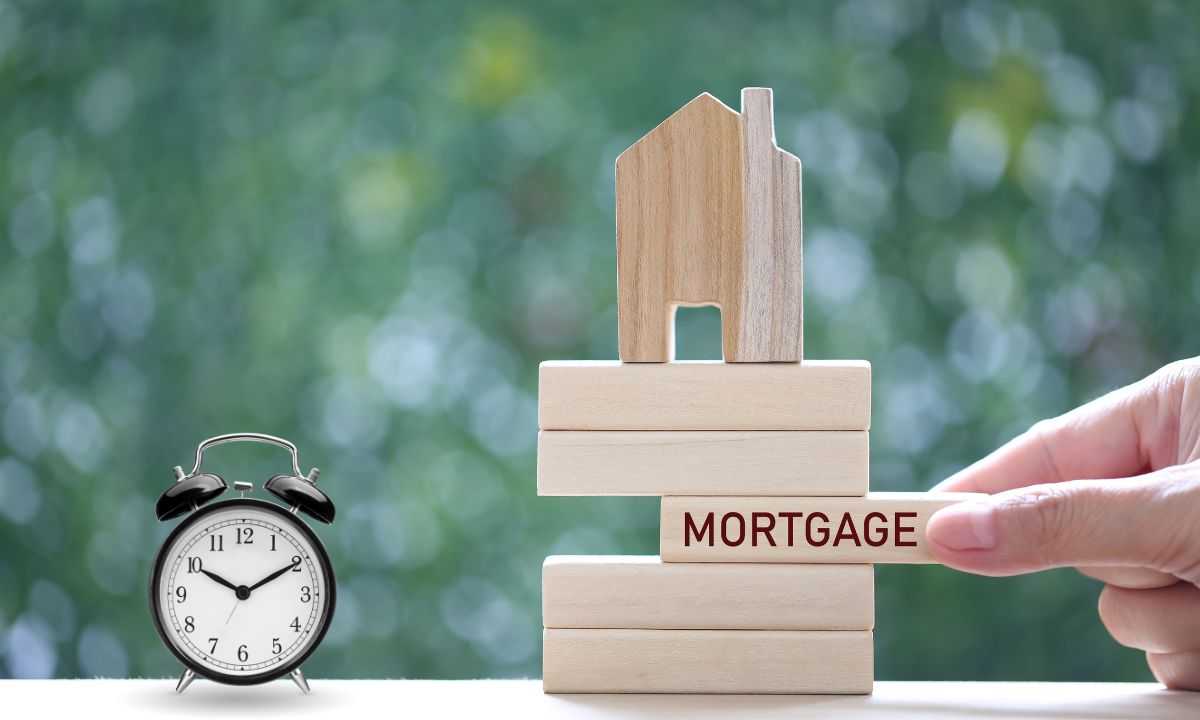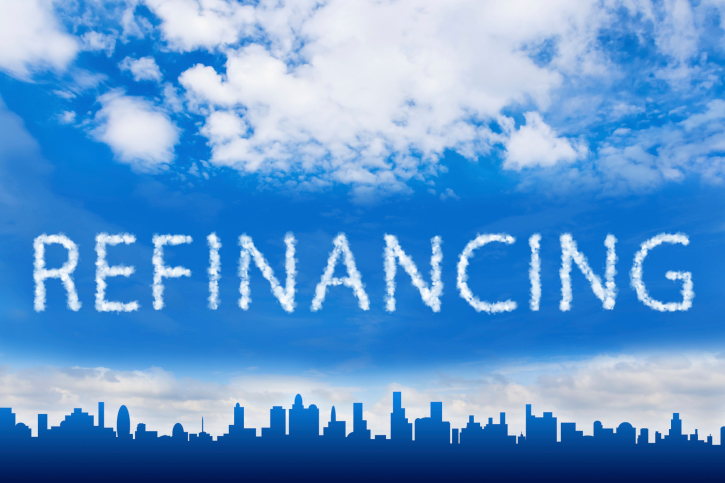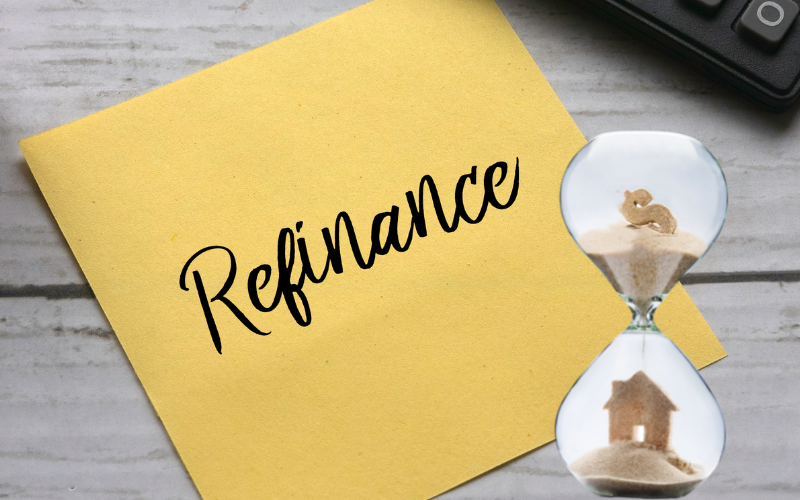How Long Does It Take to Refinance a House?
 Refinancing your home can be a smart financial move, offering you the chance to secure a better interest rate, reduce monthly payments, or even tap into your home’s equity. However, one of the most common questions homeowners have is: “How long does it take to refinance a house?” While the timeline can vary based on several factors, here’s a general overview to help you understand the process.
Refinancing your home can be a smart financial move, offering you the chance to secure a better interest rate, reduce monthly payments, or even tap into your home’s equity. However, one of the most common questions homeowners have is: “How long does it take to refinance a house?” While the timeline can vary based on several factors, here’s a general overview to help you understand the process.
1. Preparing to Refinance (1-2 Weeks)
Before diving into the refinance process, it’s essential to get your finances in order. This preparation phase can take one to two weeks and involves:
- Reviewing your credit report: Ensure there are no errors that could affect your application.
- Gathering financial documents: You’ll need recent pay stubs, tax returns, W-2s, bank statements, and information about your current mortgage.
- Researching lenders: Compare rates and terms from various lenders to find the best deal.
2. Application Submission (1 Day)
Once you’ve chosen a lender, the next step is to complete the refinance application. This usually takes about a day, provided you have all your documents ready. The application will require detailed information about your finances, employment, and property.
3. Loan Processing (1-3 Weeks)
After submitting your application, the lender will begin processing it. This phase typically takes one to three weeks and includes:
- Credit check: The lender will review your credit history and score.
- Appraisal: An appraisal of your home is usually required to determine its current market value.
- Title search: A title search is conducted to ensure there are no issues with ownership or liens on the property.
4. Underwriting (1-2 Weeks)
During underwriting, the lender evaluates your application in detail to decide whether to approve the loan. This stage can take one to two weeks, depending on the complexity of your financial situation. The underwriter will verify all the information provided, assess your ability to repay the loan, and ensure the property meets the lender’s standards.
5. Closing (1 Week)
Once your loan is approved, the closing process begins. This phase generally takes about a week and involves:
- Reviewing closing disclosure: You’ll receive a closing disclosure at least three days before the scheduled closing date, outlining the final terms and costs of the loan.
- Signing documents: On closing day, you’ll sign the loan documents, pay any closing costs, and complete the transaction.
Total Timeline: 30-45 Days
On average, the entire refinancing process takes between 30 to 45 days from start to finish. However, this timeline can vary based on factors such as the lender’s efficiency, the complexity of your financial situation, and market conditions.
Factors That Can Affect the Timeline
- Lender workload: High demand for refinancing can slow down the process.
- Property appraisal: Delays in scheduling or completing the appraisal can extend the timeline.
- Financial complexities: Issues such as low credit scores, high debt-to-income ratios, or irregular income can add time to the underwriting process.
- Document preparation: Missing or incomplete documents can cause delays.
Tips to Speed Up the Process
- Stay organized: Have all your financial documents ready before starting the process.
- Respond promptly: Quickly answer any requests from your lender for additional information.
- Choose a reliable lender: Select a lender with a reputation for efficiency and good customer service.
Refinancing your home is a significant financial decision that can yield substantial benefits. Understanding the timeline and being prepared can help ensure a smooth and efficient process.

 As with most everything, timing is often key to unlocking substantial savings, especially when it comes to refinancing your loans. Whether you’re eyeing a lower interest rate, aiming to shorten your loan term, or simply seeking to tap into equity, strategic timing can significantly impact your financial outcomes. It is vital for a loan originator to empower the borrower with the knowledge of when to refinance.
As with most everything, timing is often key to unlocking substantial savings, especially when it comes to refinancing your loans. Whether you’re eyeing a lower interest rate, aiming to shorten your loan term, or simply seeking to tap into equity, strategic timing can significantly impact your financial outcomes. It is vital for a loan originator to empower the borrower with the knowledge of when to refinance. Managing multiple debts can become overwhelming and burdensome. Juggling various loan payments with varying interest rates and repayment terms can lead to financial stress and missed opportunities. One solution that borrowers often consider is consolidating their debts through a mortgage refinance loan. While this approach can be beneficial for some, it’s crucial to carefully evaluate its pros and cons before deciding.
Managing multiple debts can become overwhelming and burdensome. Juggling various loan payments with varying interest rates and repayment terms can lead to financial stress and missed opportunities. One solution that borrowers often consider is consolidating their debts through a mortgage refinance loan. While this approach can be beneficial for some, it’s crucial to carefully evaluate its pros and cons before deciding. The purchase and refinance mortgage processes are similar in many ways, but there are also some important differences. Here is a general overview of how each process typically works:
The purchase and refinance mortgage processes are similar in many ways, but there are also some important differences. Here is a general overview of how each process typically works: If your financial situation has changed, you might be interested in refinancing your mortgage. In general, refinancing means that you will replace your current mortgage with a new one. The process of refinancing is similar to the process of applying for a mortgage, but you need to think about your goals during the refinancing process. That way, you can put yourself in the best financial position to be successful.
If your financial situation has changed, you might be interested in refinancing your mortgage. In general, refinancing means that you will replace your current mortgage with a new one. The process of refinancing is similar to the process of applying for a mortgage, but you need to think about your goals during the refinancing process. That way, you can put yourself in the best financial position to be successful.